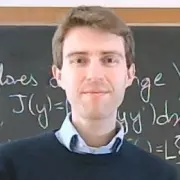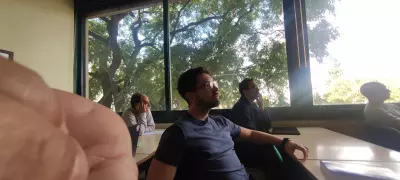– Europe/Lisbon
Room P3.10, Mathematics Building — Online

Spectral geometry of quantum graphs: an introduction
A long-standing topic in the analysis of partial differential equations, and mathematical physics, is the study of how the spectrum (eigenvalues) of a differential operator such as the Laplacian or a Schrödinger operator depends on the geometry or other structural properties of the domain on which they are defined. A classic example of such shape optimisation is the 19th Century conjecture of Lord Rayleigh, proved by Faber and Krahn in the 1920s, that the ball minimises the lowest eigenvalue of the Laplacian with Dirichlet conditions, among all domains of given volume. Informally, this amounts to saying that “heat loss is slowest in the ball”.
In the last 10 to 20 years, the study of such eigenvalue optimisation problems has become popular in the specific context of differential operators defined on metric graphs, also known as quantum graphs. Despite being essentially one-dimensional objects, these can display surprisingly rich behaviour, and are often useful as toy models for higher-dimensional problems.
In this talk I will give an informal introduction, first to some of the original ideas behind shape optimisation of domains, then quantum graphs, discussing what kinds of questions one can ask, what techniques are used, and how our understanding of these problems (and what questions are interesting) has developed over the last couple of decades.





